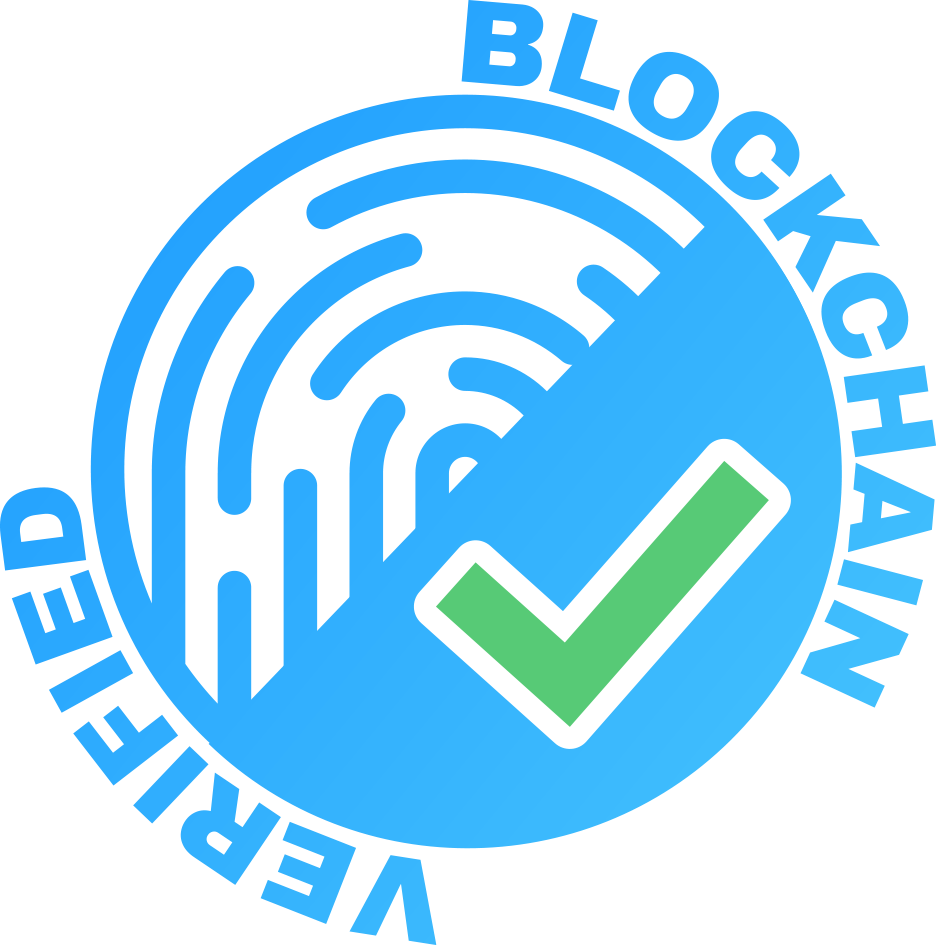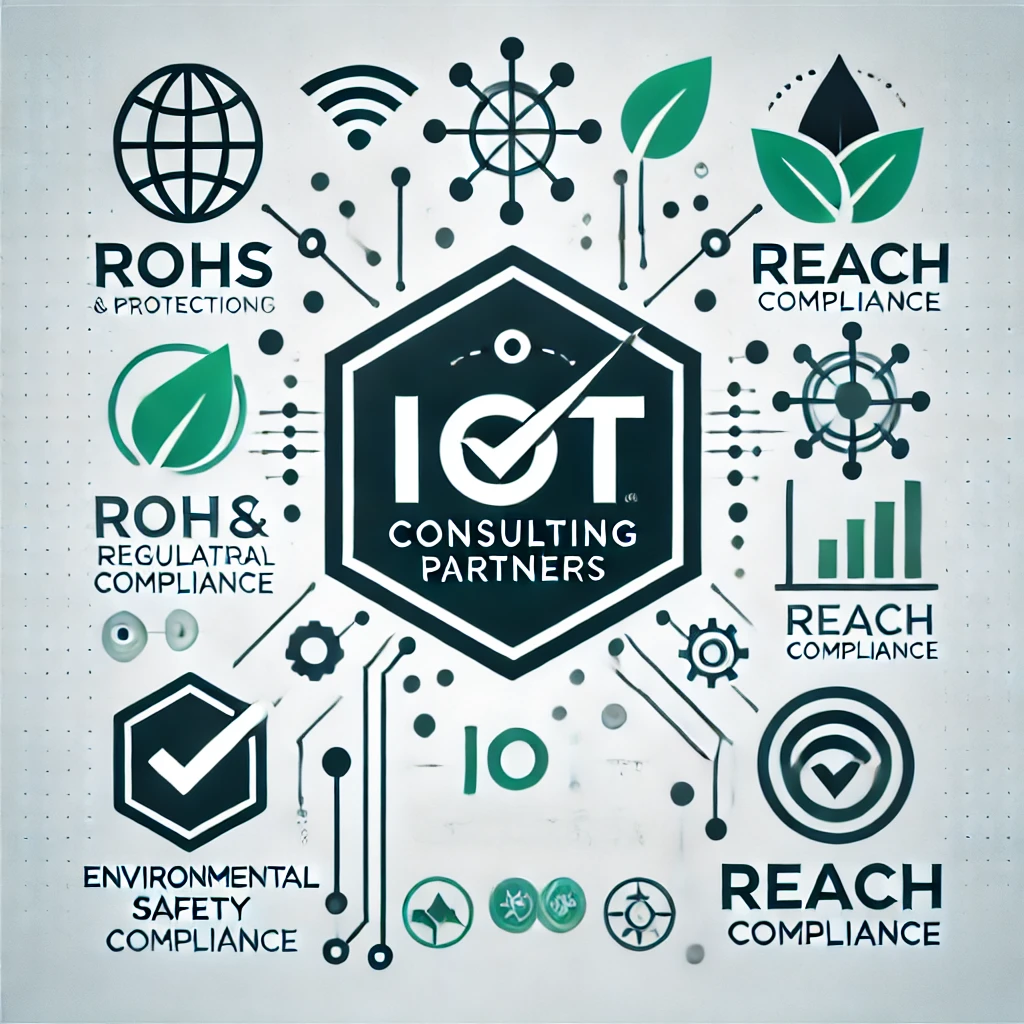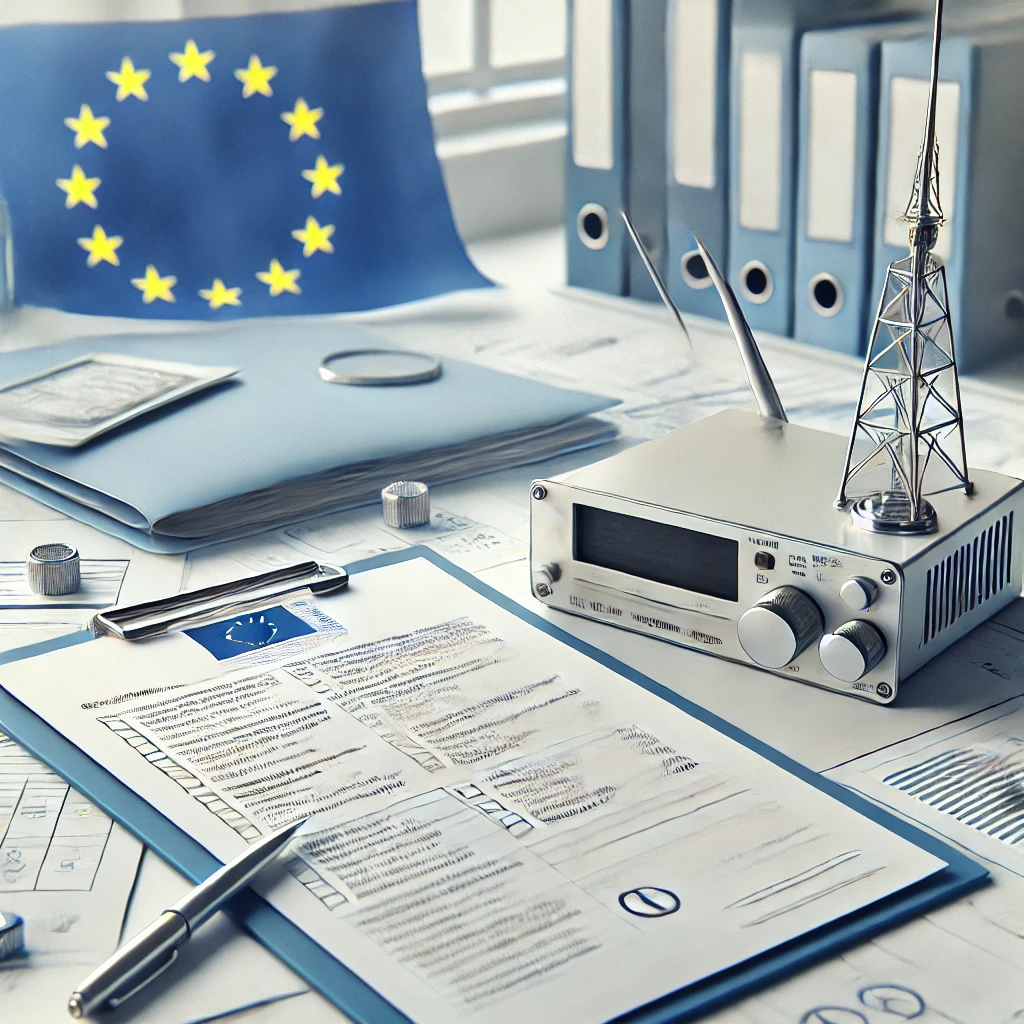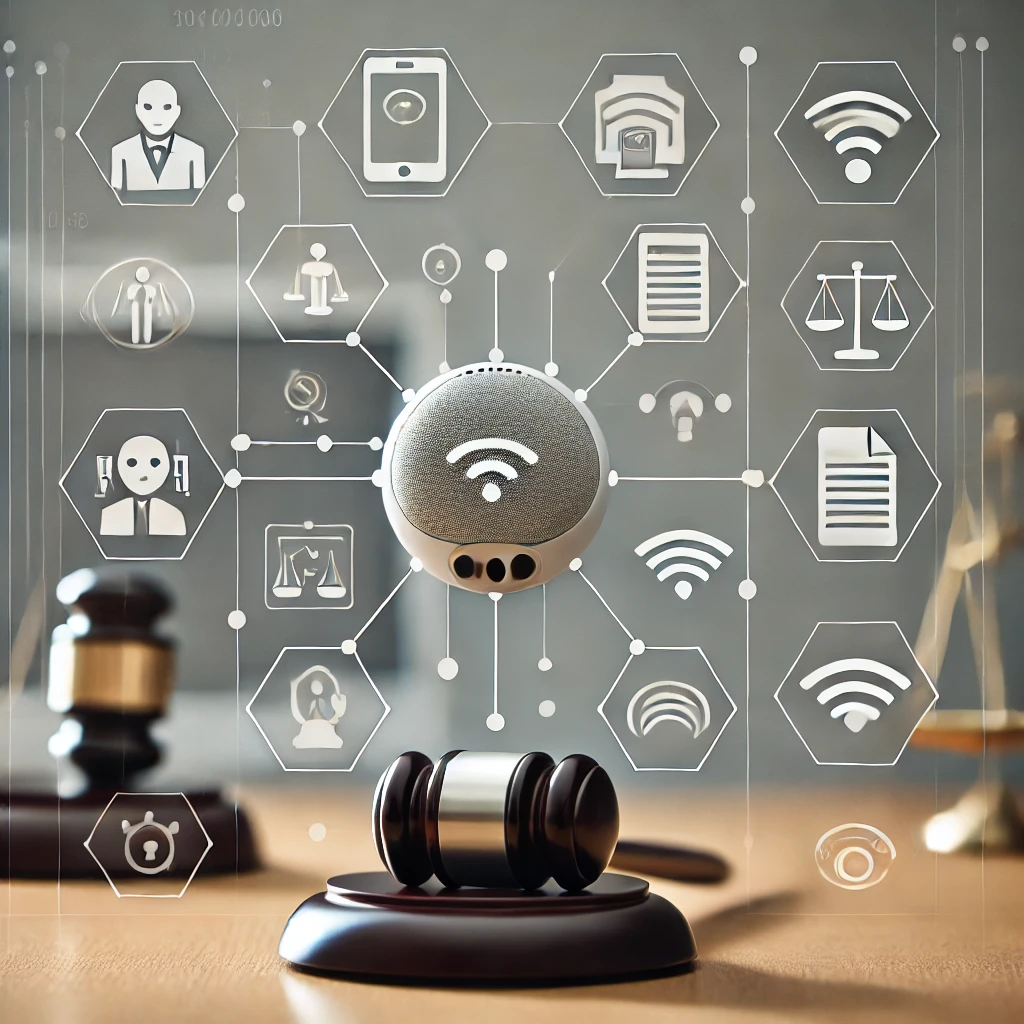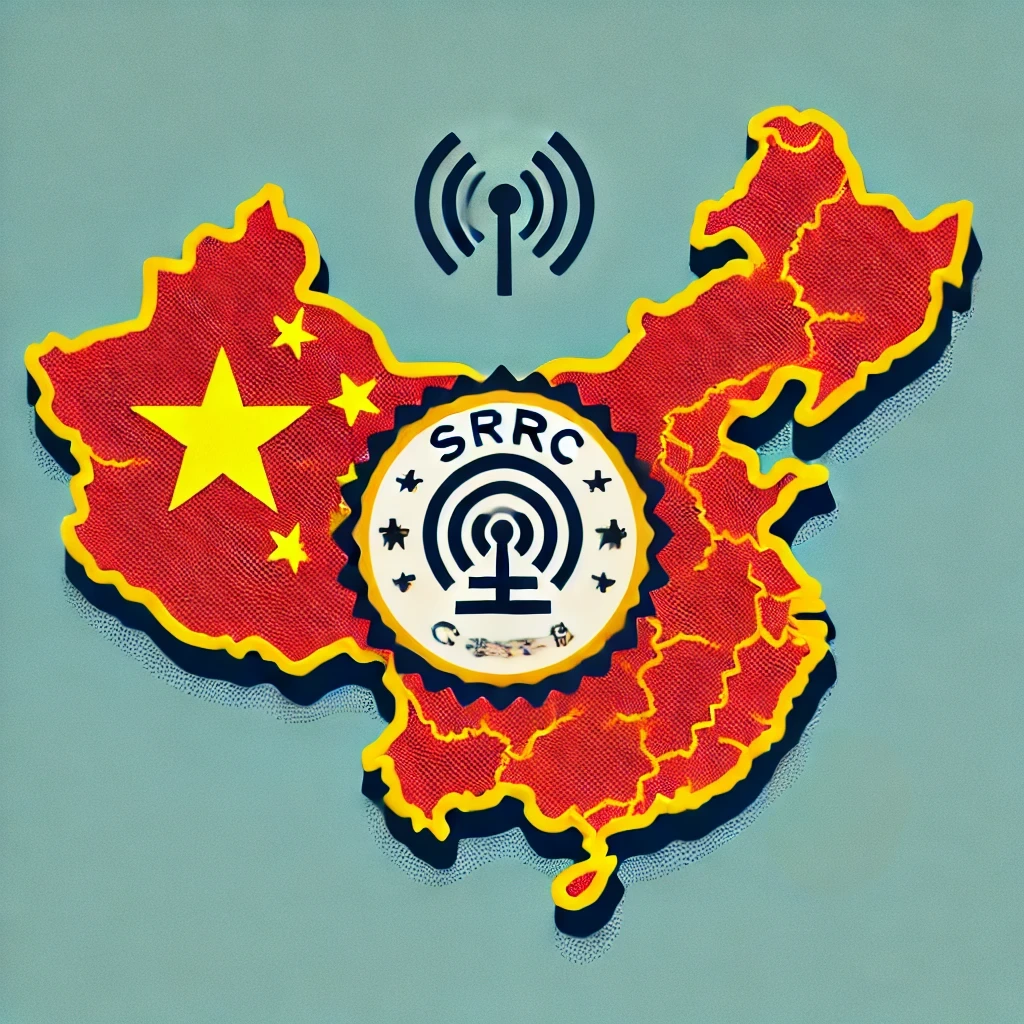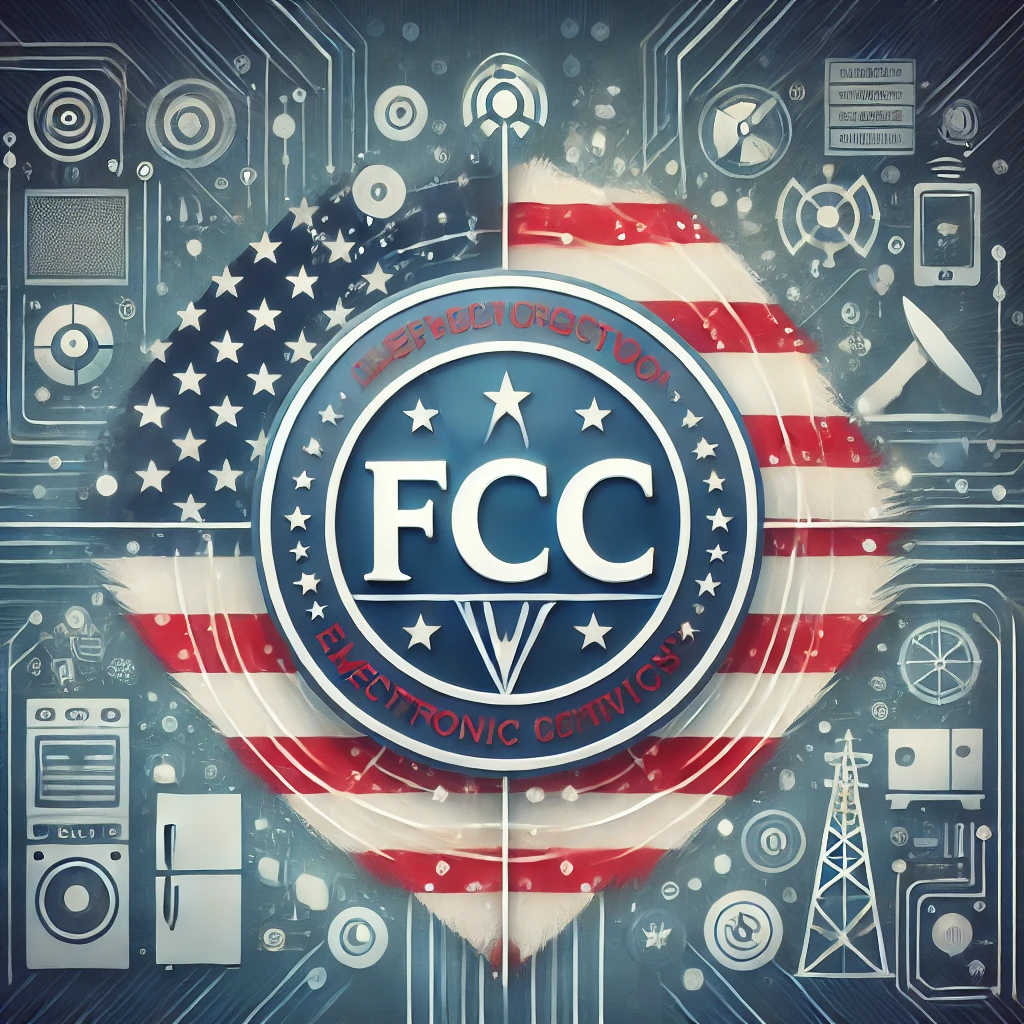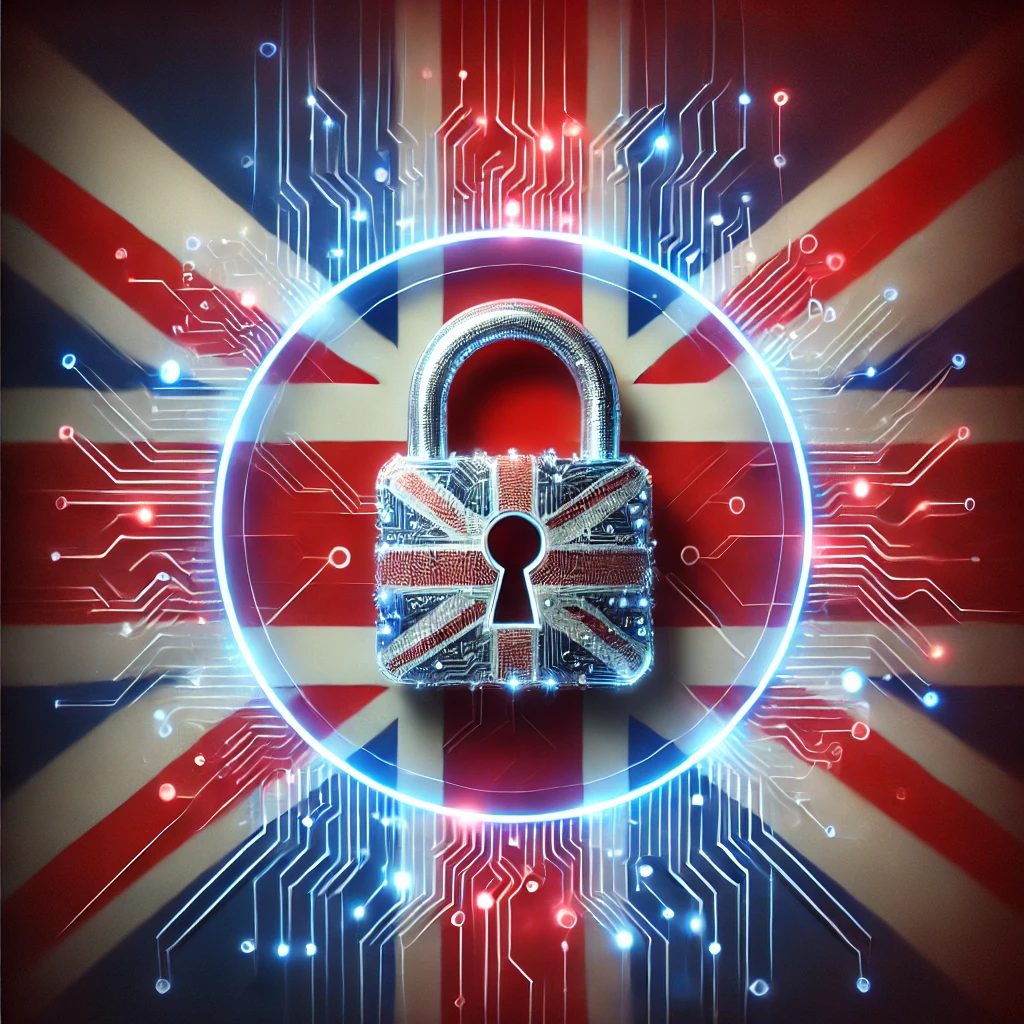Understanding the Key Differences Between RoHS and REACH: A Comprehensive Guide
When navigating the complex world of regulatory compliance, especially within the European Union (EU), two critical frameworks often come into play: RoHS (Restriction of Hazardous Substances) and REACH (Registration, Evaluation, Authorisation, and Restriction of Chemicals). These regulations aim to protect both human health and the environment from harmful substances, but they do so in very …
Understanding the Key Differences Between RoHS and REACH: A Comprehensive Guide Read More »
